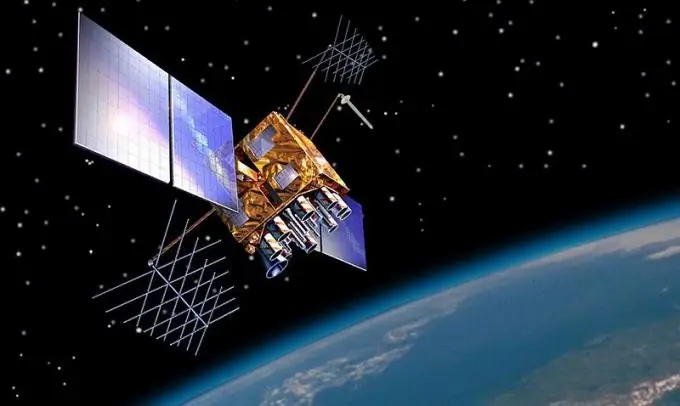- Author Lauren Nevill [email protected].
- Public 2023-12-16 18:48.
- Last modified 2025-01-23 15:15.
Navigators differ from each other in form factor, feature set and parameters. In combination with each other, all this determines the field of application of the device. Some navigators are more convenient to use in transport, while others are more suitable for walking.

Instructions
Step 1
It is most convenient for a pedestrian to use a mobile phone with a built-in GPS receiver. These are, for example, many middle-class devices produced by companies, Nokia, Samsung, HTC, as well as all phones of the Apple iPhone line. The ability to install third-party programs allows you to use the mapping applications Google Maps, Yandex. Maps, Maps@mail. Ru and others on these phones. These programs are available for most modern mobile operating systems, in particular, Andriod, iOS, Symbian. If there is no unlimited Internet, and the operator is Megafon or Beeline, Yandex. Maps are most convenient, since they can be configured in such a way that Internet traffic in the home region is free. Using a special bracket, a mobile phone can also be fixed on a bicycle, and when leaving it, say, to a store, you can remove the device and take it with you. But such a surrogate for the navigator is contraindicated for motorists - it has a small display, and there are no voice prompts, and constant focusing on the screen instead of the road is dangerous.
Step 2
If your phone does not have a built-in navigation receiver, you can connect it externally. For this, the device must have a Bluetooth interface. Using an external receiver connected via this interface, even very cheap phones can be turned into a navigator - as long as the installation of programs on the J2ME platform is supported. It is only important not to forget to recharge not only the phone, but also the external receiver in time. It can be, for example, the GlobalSat BT-368, Jet! Bluetooth GPS Sirf Star III. And some of these receivers can be charged not only from the mains, but also from the built-in solar battery, for example, Qstarz BT-Q815.
Step 3
Mass car navigators most often run a special version of the Windows CE OS. Some mid-range models use a slightly more resource-demanding Android operating system, and some have both systems that can be launched in turn (for example, GlobusGPS). Regardless of the operating system, these instruments are designed with navigation as their primary function. As an auxiliary, they often provide for the function of an MP3 player that works in the background. There are devices with a Bluetooth interface that connect to a mobile phone to download information about traffic jams from the Internet (for example, Prology iMap-540SB), as well as devices with a built-in GPRS module (in particular, Pocket Navigator GS-500). Despite the presence of a battery, it is not recommended to use the car navigator as a portable one: the charge will last at most for half an hour.
Step 4
When a navigation device requires a significant operating time from a single charge, so-called "returners" come to the rescue. In memory of such a miniature device with a black-and-white screen, a map of the area is not laid down at all. Once at the object to which it is necessary to return, the user presses the button, and the coordinates of the point where he is now are remembered. As you move away from it, the route is also remembered. After that, following the prompts of the "return", you can go back. Examples of such devices are Master Kit MT1031, Orient NG1.
Step 5
The accuracy of determining the coordinates by the navigator increases markedly if the device is capable of receiving signals from GLONASS satellites. Among automotive devices, in particular, Explay GN-520 has such a function, and from mobile phones - MTS 945 GLONASS.






